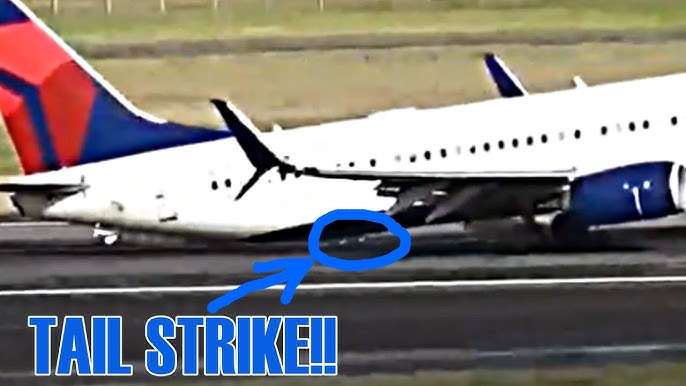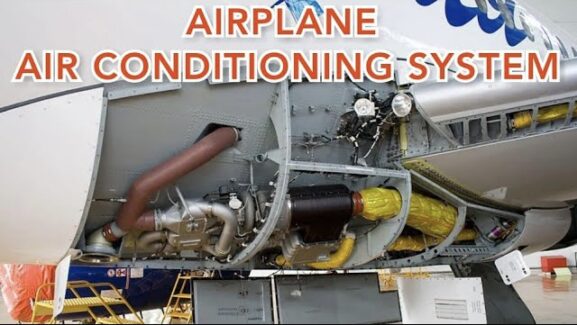Tail Strike
An aircraft tail strike occurs when the tail of the aircraft contacts the runway during takeoff or landing. This usually happens when the aircraft’s nose is either raised too steeply (over-rotation) during takeoff or remains too high (over-flaring) during landing, causing the rear of the fuselage to scrape against the ground.
Common Causes of Tail Strike:👇👇👇
- Over-rotation during takeoff: If the pilot pulls the nose up too aggressively or quickly during takeoff, it can cause the tail to drop and strike the runway.
- Improper landing flare : During landing, if the pilot pulls back too much in the flare to soften the landing, the nose of the aircraft may pitch too high, resulting in the tail touching the runway.
- High weight or center of gravity issues : If the aircraft’s weight distribution is too far to the rear or the plane is too heavy, it can increase the likelihood of a tail strike.
- Strong winds : Particularly in gusty or crosswind conditions, wind shifts can cause a sudden pitch-up or loss of control, increasing the risk of a tail strike.
Risks and Consequences:👇👇👇
- Structural Damage : The rear of the aircraft can sustain serious structural damage, including damage to the fuselage or pressure bulkhead.
- Loss of Cabin Pressure : In extreme cases, this could result in loss of pressure, especially at higher altitudes after takeoff.
- Flight Safety : Though many tail strikes are minor and the aircraft can continue to fly safely, severe strikes may require the flight to be aborted or return to base.
Prevention:👇👇👇
- Proper rotation technique : Pilots are trained to rotate the aircraft at the correct pitch angle and speed to avoid tail strikes.
- Flare awareness : During landing, maintaining the correct pitch and descent rate is crucial.
- Correct weight and balance : Ensuring the aircraft’s center of gravity is within limits can reduce the risk of tail strike, particularly in heavier planes.




